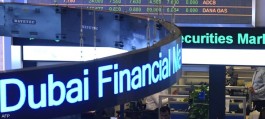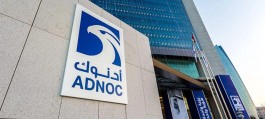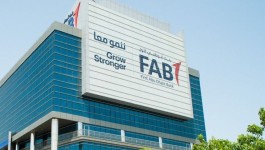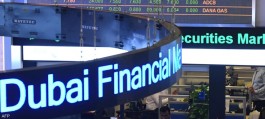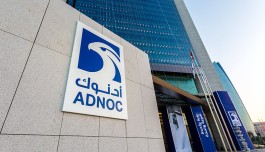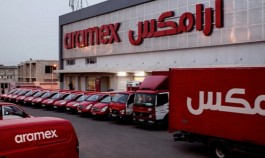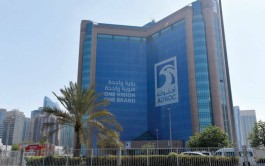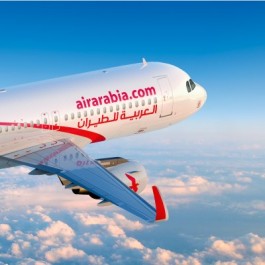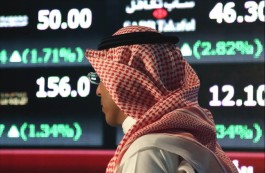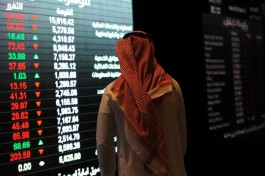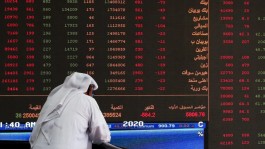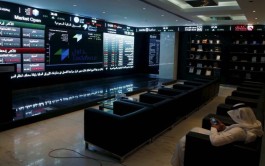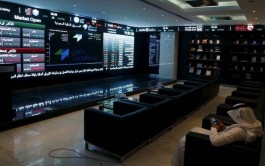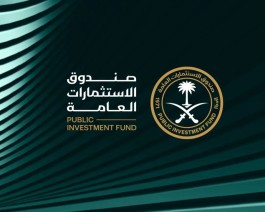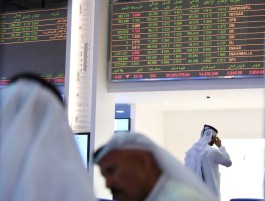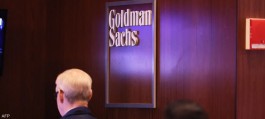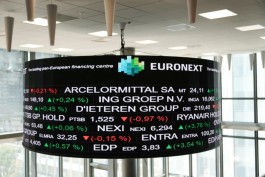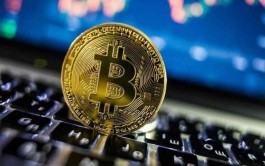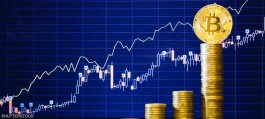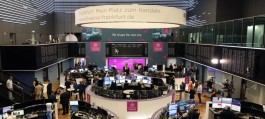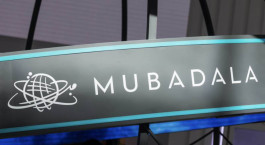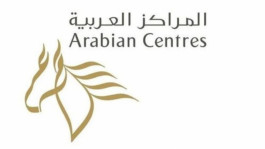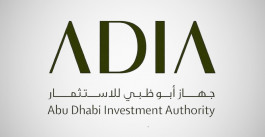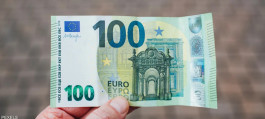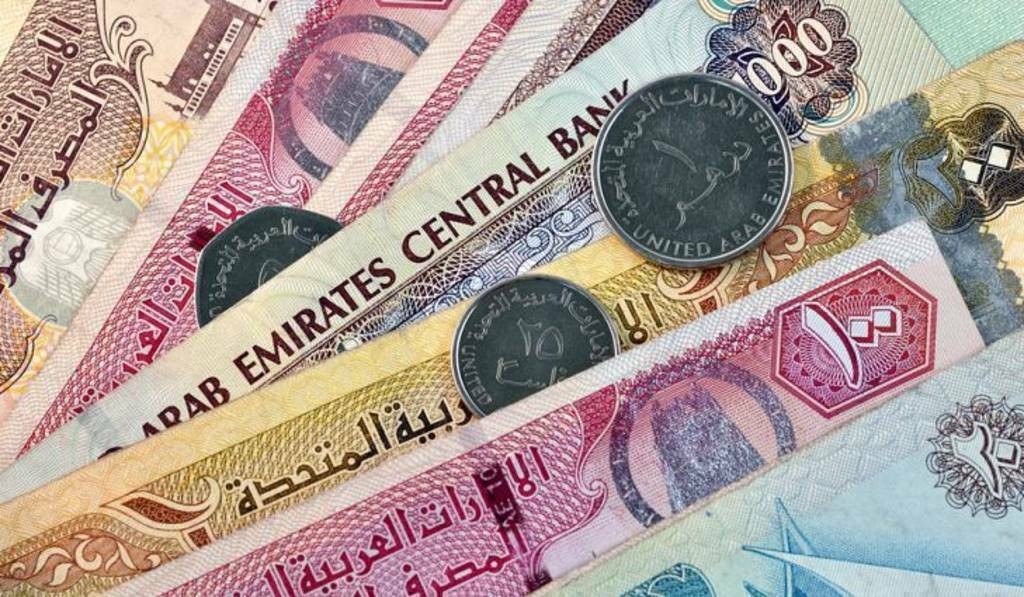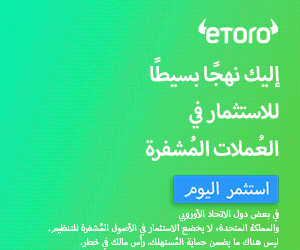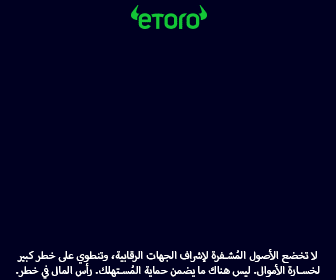The UAE dirham is the only currency in the BRICS bloc that is qualified to be a driver of the group's economy and payments, said Herbert Boenisch, former chief economist at the Bank for International Settlements.
In an analysis published by the OMFIF Research Center for Central Banking, Economic Policy and Public Investment, he pointed out that in January, five new members joined the BRICS bloc: the UAE, Saudi Arabia, Egypt, Iran and Ethiopia.
He explained that this means that there are five new currencies that can be used for payments and mutual holdings, joining the currencies of Brazil, Russia, India, China and South Africa.
The BRICS mechanism lacks a driving currency for the payments system such as the one introduced by the European Payments Union in 1950, before the German mark eventually emerged.
While the renminbi will be the main currency for trade, payments and settlements within the BRICS countries, the role a new major currency could play provides the enhanced capabilities the bloc needs.
In terms of trade, the UAE and Saudi Arabia are likely to deal with China in renminbi, and this will greatly impact the global supply of renminbi and increase the internationalization of the currency.
Transactions will be recorded via SWIFT and foreign exchange reserves by the IMF. Conducting trade in local currencies will strengthen the UAE dirham and Saudi riyal within the BRICS bloc.
The prospects for the emergence of a driving currency in the BRICS in the short and medium term are still open. This currency must be strong and provide stable relations with the rest of the world, primarily the dollar, and be freely convertible.
The renminbi has shown limited ability to play this role due to the currency's depreciation and exchange rate volatility, in addition to China's restrictions on financial accounts and its heavy management of the offshore renminbi market.
Of the new currencies, the only ones that meet these criteria are the UAE dirham and the Saudi riyal. Both currencies have full capital account convertibility for residents and foreigners, and have been pegged to the dollar since the mid-1990s.
While Saudi Arabia may have some concerns about internationalizing its currency, the UAE appears more market-friendly, and is open to trading in all other BRICS currencies.
As a market maker, it can act as a driver currency, and the advanced financial center in the UAE will provide BRICS partners with cash deposits or instruments in dirhams, or freely convert the currencies of the economic bloc countries into dollars.
Offshore renminbi holdings have never been free of restrictions and exchange rate risk. This will fill the need for dollars. Buying dirhams in cash or instruments poses no risk because they can be freely converted into dollars at a fixed exchange rate.
